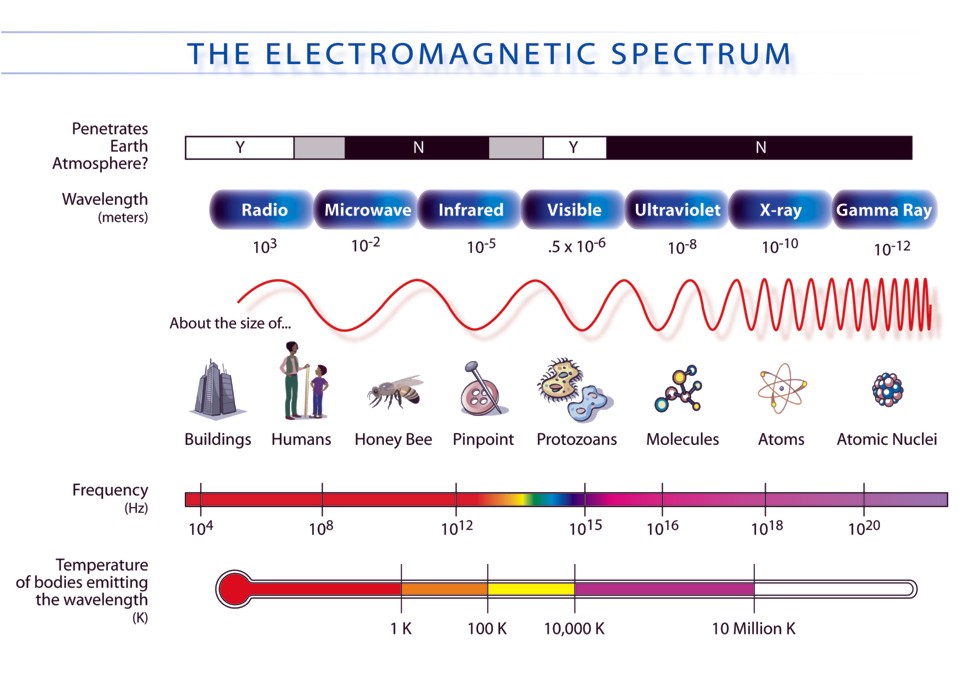- Electromagnetic Waves Staelin Pdf File System
- Electromagnetic Waves Staelin Pdf File Online
- Electromagnetic Waves Staelin Pdf File Converter
- Electromagnetic Waves Staelin Pdf File Viewer
Course Meeting Times
That light is an electromagnetic wave. Maxwell's work thus unified the domain of electricity, magnetism and light. Hertz, in 1885, experimentally demonstrated the existence of electromagnetic waves. Its technological use by Marconi and others led in due course to the revolution in communication that we are witnessing today. Mid-wavelength electromagnetic waves are commonly called light. This range of electromagnetic waves has shorter wavelengths and higher frequencies than radio waves, but not as short and high as X rays and gamma rays. Light includes visible light, infrared light, and ultraviolet light. If you look back at Figure 1.2, you can see where these.
Lectures: 2 sessions / week, 1 hour / session
Recitations: 2 sessions / week, 1 hour / session
Tutorials: 1 session / week, 1 hour / session
Prerequisites
18.01, 18.02, or equivalent; 8.01, 8.02, or equivalent; and 6.002 and 6.00. More specifically they include complex numbers, vector operators, simple matrix operations, basic calculus, RLC circuits, Maxwell's equations, and Fourier transforms.
Objectives
Students will:
1. Understand the big ideas of electromagnetics, including:
- Static and dynamic electromagnetic (EM) fields, energy, and power
- EM fields and waves within and at the boundaries of media
- EM radiation and propagation in space and within transmission lines
- Circuit behavior of simple EM devices and transmission lines
- EM forces on charges, currents, and materials; mechanically produced fields
- Photon behavior
2. Relate the big ideas of EM to economically important applications, including:
- Wireless and wired communications systems
- Electronic circuits and systems, analog and digital
- Actuators (motors) and sensors (generators)
- Optical and acoustic devices and systems
3. Exercise mathematical skills, including: Scp containment breach god mode.
- Vectors and phasors
- Partial differential equations
Outcomes
In support of these objectives, students will understand and calculate EM fields and key physical parameters for:
- Fields and energies in simple planar, cylindrical, and spherical geometries
- Fields within conducting, anisotropic, and plasma media
- Resistors, capacitors, inductors, transformers, transmission lines, and resonators
- Electric and magnetic forces on charges, wires, and media
- Electric and magnetic motors and sensor/generators
- Sinusoids and transients on TEM lines with mismatched impedances and tuning
- EM fields at planar boundaries and within waveguides, including evanescence
- Wireless and wired systems for communicating at R bits/second
- Wire, aperture, and array antennas for transmission and reception
- Simple photonic and acoustic devices
In most cases students will derive these results from Maxwell's equations and the Lorentz force law, and will demonstrate their achieved outcomes in homework problems and, on a random sampling basis, examinations.
Text
Complete course notes are available in the Readings section.
The following text can be used as a resource:
Staelin, David, Ann Morgenthaler, and Jin Au Kong. Electromagnetic Waves. Upper Saddle River, NJ: Prentice Hall, 1994. ISBN: 9780132258715.
Electromagnetic Waves Staelin Pdf File System
Quizzes
There will be two in-class quizzes.
Homework
Issued in lecture; usually due Wednesday of the following week in recitation; graded homework is returned at tutorials. Late homework grades will be reduced 30 percent until 4:00 PM Friday after the due date and 50 percent thereafter.
Tutorials
There are two types of tutorials: regular tutorials where small groups meet one hour per week to discuss homework and work examples, and larger group open interactive tutorials that permit students to obtain TA assistance while working independently on homework. Either or both types may be attended. Participation for at least one hour per week is important and is included in the homework grade.
Grading
The term grade G is approximately the sum Q1+Q2+2F+H where Q1+Q2 is the total quiz grade, F is the final exam grade, and H is the homework and tutorial grade; each is normalized to 100. Class participation is noted.
Welcome!
Horizon zero dawn weapon mods. This is one of over 2,200 courses on OCW. Find materials for this course in the pages linked along the left.
MIT OpenCourseWare is a free & open publication of material from thousands of MIT courses, covering the entire MIT curriculum.
Electromagnetic Waves Staelin Pdf File Online

No enrollment or registration. Freely browse and use OCW materials at your own pace. There's no signup, and no start or end dates.
Knowledge is your reward. Use OCW to guide your own life-long learning, or to teach others. We don't offer credit or certification for using OCW.
Electromagnetic Waves Staelin Pdf File Converter
Made for sharing. Download files for later. Send to friends and colleagues. Modify, remix, and reuse (just remember to cite OCW as the source.)
Electromagnetic Waves Staelin Pdf File Viewer
Learn more at Get Started with MIT OpenCourseWare
